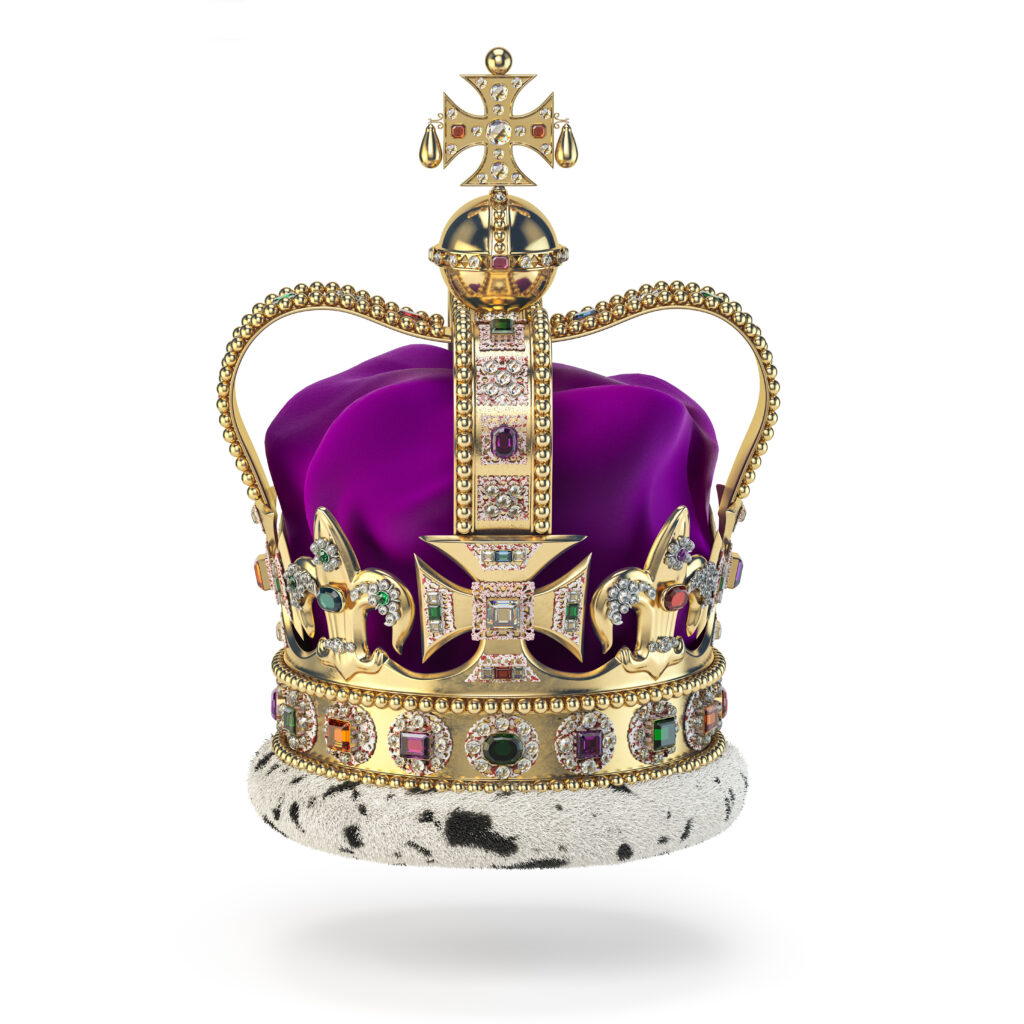
Have diamonds kept their timeless allure? Going from raw uncut diamonds to customized pieces… let’s dive deep into their evolution!
Ancient Beginnings
Although diamonds have been naturally forming within the Earth for millions and millions of years, they were only discovered over 2,000 years ago in India. They were raw and uncut, looking nothing like the diamonds we are used to seeing today. They looked like stones, but people were captivated by their ability to refract light, unlike other stones. They only started being used and traded many years later, on the Silk Road route.
Diamonds reach Europe
By the 15th century, diamonds had reached Europe, which marks an important milestone. Here began the experimenting with cutting and faceting, truly showcasing the beauty of the diamonds. This is when they started looking like the diamonds we are familiar with today. They attracted the wealthy and royals due to their rarity and worth.
A few centuries later, more countries discovered diamond mines, increasing their worldwide supply. Countries like Brazil and South Africa started to become big suppliers.
Fun fact: The biggest diamond in the world comes from South Africa and can be found in the “Crown Jewels”, which is displayed in the Tower of London. You can go visit it yourself!
Marketing influence
Marketing and business started coming into effect. De Beers’ slogan “A Diamond is Forever” and songs of famous faces such as Marilyn Monroe, “Diamonds Are a Girl’s Best Friend” transformed the way people viewed diamonds through their influential efforts. People started seeing diamonds as more of a symbol of eternity and love. In more recent years, we have seen diamonds appear in many pop culture moments ranging from movies to music, marking an important evolution in the industry.
Modern Diamonds in Fashion
Quickly becoming more and more popular, diamonds demand is constantly increasing. Whether it is for their popularity in engagement rings, custom pieces of pop artists on stages and red carpets, designers incorporating diamonds in clothing items, there seems to be an unquenchable desire for diamonds.
Today, diamonds are not limited to just their traditional settings. We are seeing designers get creative by integrating valuable diamonds into various pieces and artworks. We are discovering uses for diamonds in many other industries than just jewelry: in the automotive industry, audio equipment, beauty products, technology, construction, healthcare and numerous additional uses.
The Future of Diamonds
We have taken a journey through the influences of royalty, pop culture and business in the diamond industry, but where are we heading next?
In our world of sustainability, we have developed ways to mine and create diamonds more ethically and environmentally friendly. From the use of renewable energy to lab-grown diamonds, the industry is expanding in the right directions.
As we have seen, consumers’ preferences are evolving, so technological advancements are pushing the boundaries of design, creating even more customized and personalized pieces to adapt to consumers’ demands. Innovation is therefore opening the path for creativity in the diamond industry.

